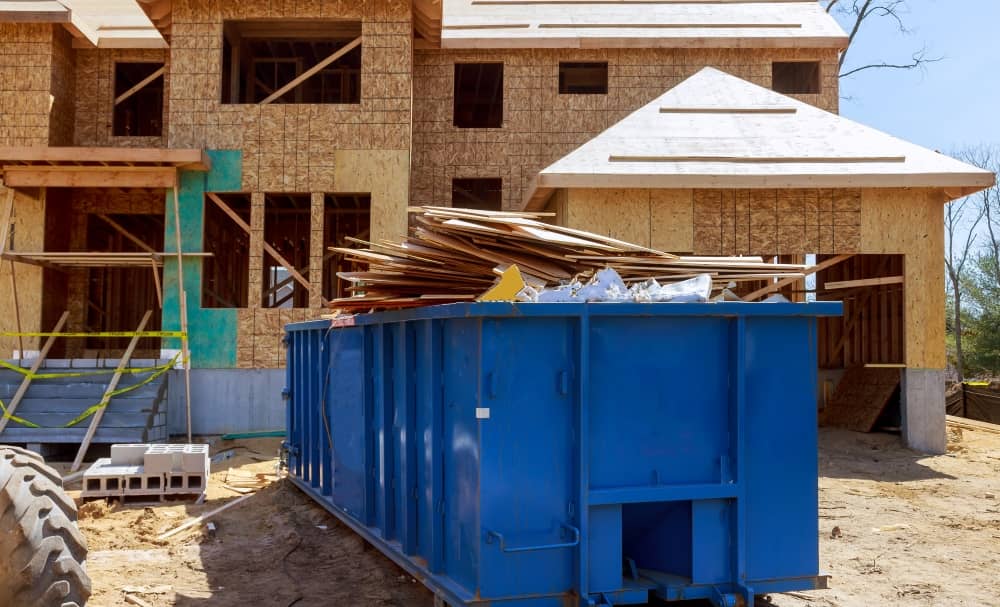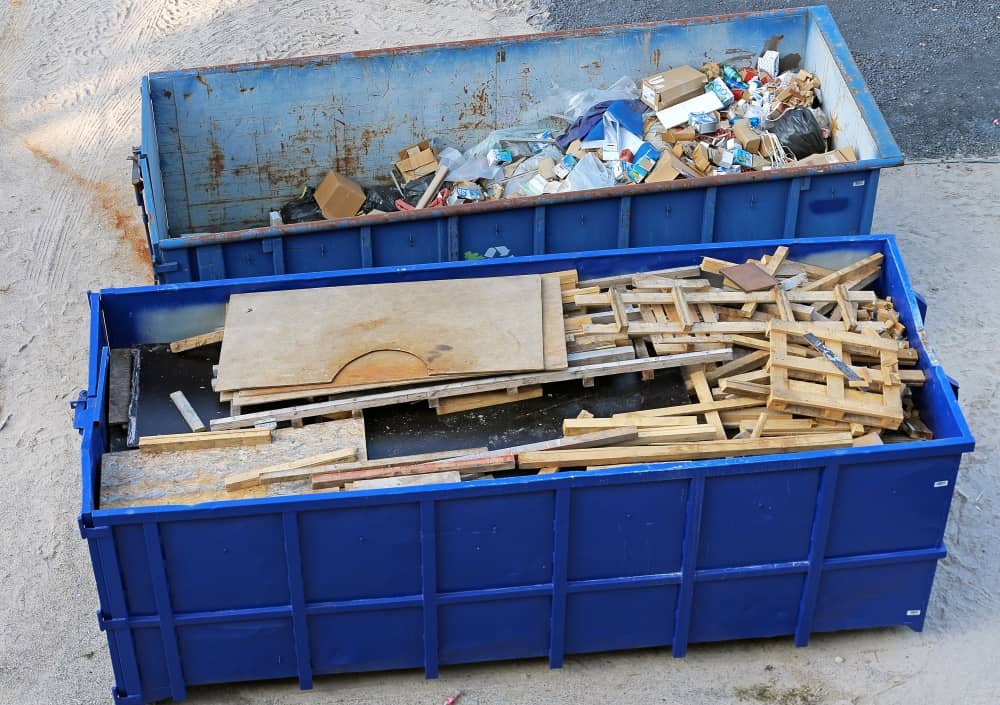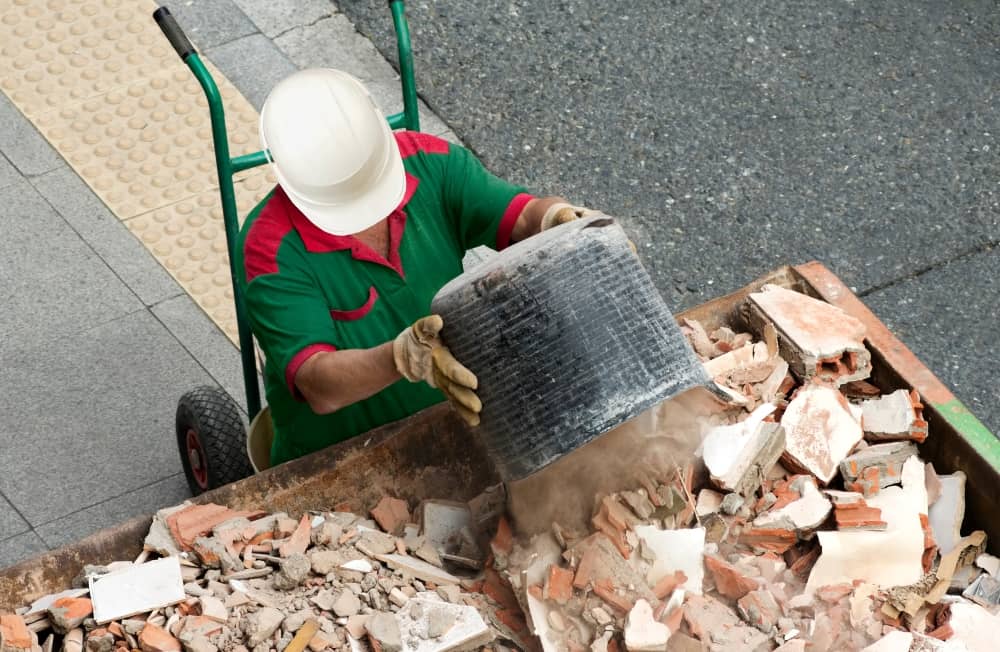
Safe and responsible construction waste disposal is paramount for many reasons, from environmental protection to the general public’s health and safety to regulations compliance. Some materials can be hazardous, including paint, solvents, and asbestos. They can pollute and contaminate the air, soil, and water, which can pose risks to human health and ecosystems.
Proper disposal of construction waste can minimize pollution whilst preserving and protecting natural resources. In this blog, we’ll guide you on how to adopt safe construction waste management practices, from identifying to disposing of waste correctly and lawfully.
Sorting and Storing Different Types of Construction Waste
To ensure the safe handling and disposal of construction waste, you need to identify the type of waste you’re dealing with first. You can categorise rubbish into the following:
- Common Debris: Packaging materials, including plastic wraps and cardboard boxes, belong in this category. Common debris refers to any waste that’s non-hazardous but cannot be recycled. Other examples include paper towels, textiles, and food waste.
- Hazardous Materials: If it poses a risk to human health and the environment, it’s a hazardous material. Typically, this type of waste covers toxic, corrosive, reactive, and flammable debris. Some examples include lead-based paint, solvents, adhesives, batteries, and electrical components. Asbestos also belongs in this category.
- Inert Waste: Some materials do not decompose but are considered non-hazardous. Such waste is categorised as inert and includes bricks, concrete, asphalt, rubble, and tiles. These construction materials do not react chemically and are usually repurposed.
- Recyclable Materials: Although the items classified as inert waste are recyclable, they are not the same as this category. On the other hand, recyclable construction waste includes wood, metals, asphalt shingles, and certain types of insulation. These things can be processed into new products, whilst inert waste can be repurposed or sometimes used as-is.
Categorising rubbish will help you later when it comes to sorting and disposal. You may conduct waste audits to assess the quantities and types of waste from the construction site. From there, you can proceed to store rubbish in designated storage areas or skip bins. Make sure each waste container is covered or sealed securely to prevent materials from being exposed to the elements or spilling especially hazardous materials.
To make storing waste materials easier, label each container, which can prevent confusion for the workers. You must also place waste storage in convenient locations.
Consider the accessibility of the bins so workers do not have to walk far just to throw some pieces of wood or rubble. The chosen location should also make it easy for waste collection and removal to help streamline the entire waste management process.
Dealing with inert and other construction waste types is generally straightforward. However, there may be local regulations and guidelines that you should be aware of, particularly about hazardous waste. You may need specially designated storage units and bins compatible with the hazardous materials being stored.
For example, handling, storing, and disposal of asbestos all require strict adherence to safety regulations. After all, asbestos is hazardous, which means you may be required to notify relevant authorities and acquire approval for asbestos removal and storage. Double-bagging may also be necessary to provide an additional layer of protection.
Before disposal, you will need to store the material in an approved container, which should be leak-proof and durable. Don’t forget to label the bin before storing it away. You will generally need to hire a licenced waste management company to haul away hazardous waste like asbestos, batteries, and other toxic materials. That means you will pay for the service to ensure the safe transport of the items from your construction site to authorised facilities.
Smart Construction Waste Management Strategies
Over the years, construction waste disposal methods have changed. However, dumping rubbish in landfills seems to be the easiest and most convenient for homeowners and businesses alike. As we progress, though, overloading landfills is not an option as a ton of construction waste is non-biodegradable. But if there is a will to protect human health and ecosystems, there is always a way.
Here are some strategies you can implement to help mitigate the harmful effects of construction waste:
- Plan from the beginning. One of the most common reasons for too much construction waste is over-ordering products. Buying what you need can easily eliminate this issue. For more information on smart construction planning and strategies.
- Create a comprehensive waste management plan before commencing construction. Your strategy should include areas for composting, waste bins, and recycling. It should also list potential sources of waste and which materials can be reused or repurposed.
- Be aware of the rules and regulations when handling and disposing of construction waste. Research what you can do to reduce waste and what to do with the excess materials whilst abiding by the law. The Department of Climate Change, Energy, the Environment, and Water (DCCEEW) offers guides on how to recycle and reuse construction and demolition waste.
- Have a storage area for hazardous waste and other materials. Construction sites tend to generate a ton of waste of different types depending on the phase and project. Some waste can be toxic, like paint and fuel. These substances should be safely and securely stored in an impermeable area, mainly when they are not in use. You should also have a place to store them before disposal.
- Train and educate construction workers. This way, they know proper waste identification, sorting, handling, and storing. Include the waste categories and the importance of adhering to responsible waste rules within the construction site. Educating workers also helps avoid unsafe waste disposal. That way, they do not simply dump items in incorrect bins and burn excess materials.
Any medium to large construction project can benefit from hiring a professional waste removal company. It’s easier to deal with construction waste as the staff is knowledgeable when it comes to local regulations, permits, and other best practices. This ensures that your waste disposal activities remain compliant with applicable laws and guidelines, helping you avoid potential legal issues.
Proper construction waste sorting, segregation, and disposal are all crucial in protecting public safety and the environment. Construction and demolition projects generate significant amounts of waste, which, if mismanaged, can be detrimental.
We advise that you have a plan before commencing construction. This should include hiring a reputable waste removal company like Backyard Bins to remove recyclable and hazardous waste from your construction site.
Backyard Bins Team
“ [rcblock id="2165"]”

